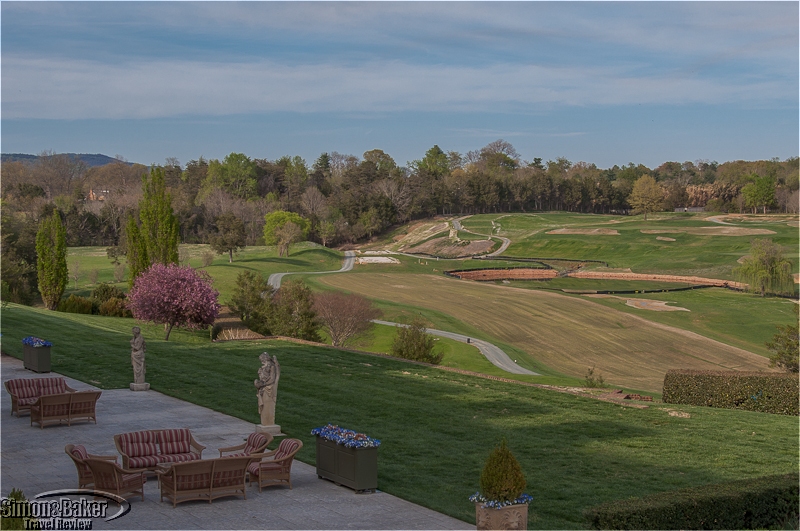
by Editor | Apr 1, 2014 | North America, Simon and Baker Travel Review, United States, Virginia
By Virginia standards, Keswick Hall might be considered a newcomer. The original mansion is, after all, a mere century old. But this exquisite property in the foothills of the Blue Ridge Mountains embraced me with all the charm and grace of an antebellum grande dame. And like most grande dames, it had an interesting history. It began in 1908 as Villa Crawford, an 8,000 square foot (745 square meter), two-story Italianate private residence built for Mr. and Mrs. Robert B. Crawford at the original cost of $100,000. After the untimely death of Mr. Crawford in 1919, the villa passed to a variety of owners and experienced diverse fortunes over the next seven decades before ultimately falling on hard times.

by Editor | Apr 1, 2014 | North America, Simon and Baker Travel Review, United States, Virginia
The Old Mill Room was the historical heart of the Boar’s Head. Built from the timber of an abandoned 1834 gristmill originally located along the banks of the Hardware River, it was moved piece by piece to be integrated in the construction of the inn’s main building in the early 1960’s in an effort to preserve and repurpose a valued piece of local history. The gristmill was famous for having survived the ravages of the Civil War and gone on to operate a whole six decades after it.
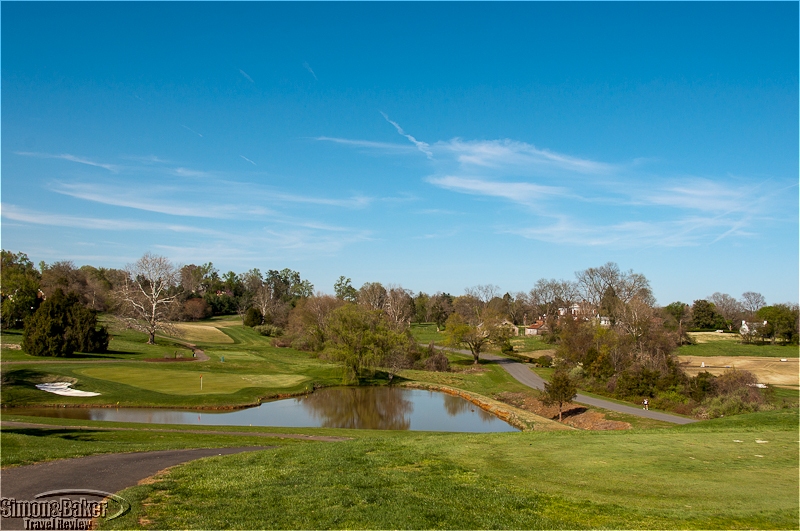
by Editor | Apr 1, 2014 | North America, Simon and Baker Travel Review, United States, Virginia
In 1759, Terrell’s Ordinary, a modest roadside inn that welcomed westward travelers, opened on land that was part of Virginia’s 1734 land grant, at the exact location where the Boar’s Head stands today. Since then, this lovely swath of rolling hills in the picturesque outskirts of Charlottesville, Virginia, has witnessed much history. It first became a country estate with a successful farming operation before enduring the ravages the Civil War. The property returned to life under a succession of owners before an inn, the Boar’s Head, was once again created in the mid twentieth century. It was subsequently acquired in 1989 by the University of Virginia Foundation. Today, the unique 573 acre (232 hectare), 175 guest accommodations local landmark boasts a championship golf club, outstanding sports facilities with multiple tennis and squash courts, an in house spa and an award winning restaurant.
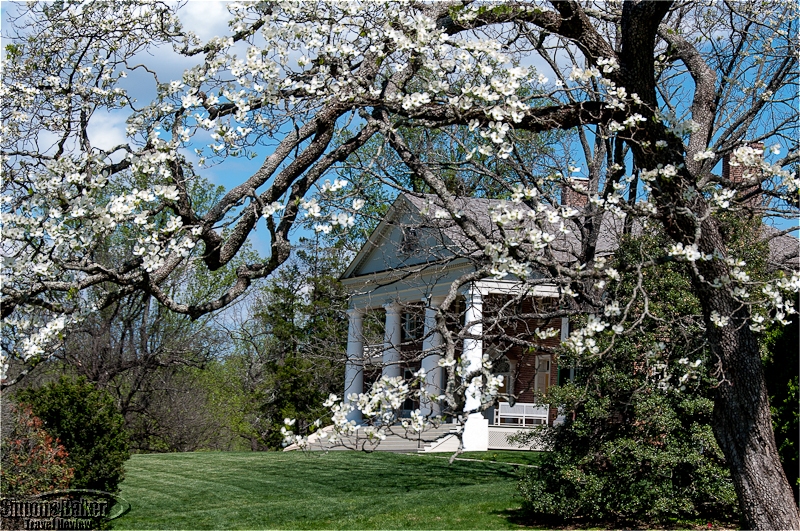
by Editor | Apr 1, 2014 | North America, Simon and Baker Travel Review, United States, Virginia
Set against the serene backdrop of the rolling hills of Central Virginia’s Blue Ridge Mountains, Charlottesville was a gracious historic small town of 43,000 inhabitants nestled in picture perfect natural surroundings, and a vibrant city with multiple personalities. Formed by royal charter in 1762 on the trade route between Richmond and the Great Appalachian Valley, Charlottesville is best known for its historic significance as the home of Thomas Jefferson. Recognized as one of the most important figures of the American Revolution, the man who penned the Declaration of Independence and the third President of the United States, Jefferson left his indelible mark on the city. In addition to Monticello, his “little mountain” home, he also conceived and designed the University of Virginia, in the neoclassical (also referred to as Jeffersonian) style. Both are now UNESCO World Heritage Sites. Today, Monticello attracts half a million visitors annually. The University of Virginia welcomes over 23,000 students, and contributes significantly to the cultural vitality of the area.
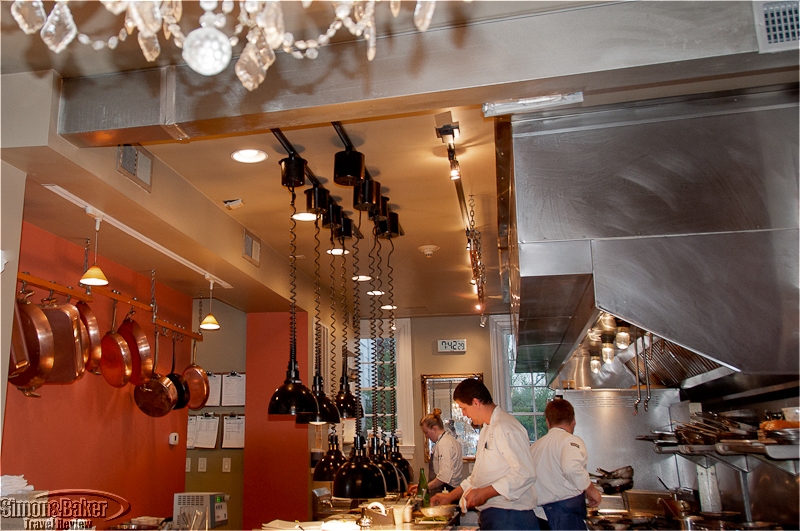
by Editor | Apr 1, 2014 | North America, Simon and Baker Travel Review, United States, Virginia
My evening at the Chef’s Counter of the Clifton Inn Restaurant was not a mere dinner, it was a culinary jam session where the virtuosity of the performers came through with every bite and pairings of unexpected flavors and texture were the norm. I had just been escorted through the intimate dining room with its tables formally set on white starched linen tablecloths. I had even caught a glimpse of an antique grand piano in a corner. It was the sort of place that spoke of classic fine dining with every detail. I paused at the door of the kitchen to take in the rather theatrical décor. A long row of immaculate copper pans were lined high against a coral wall and a gilded mirror was strategically placed on the far wall of the room to reflect the sparkling crystal chandelier that hung above the pale polished concrete counter. I scanned the room for television cameras and found none. I settled into my tall bar chair and got a full view the “real” kitchen, a working kitchen with state of the culinary art equipment and the organized clutter that ensures that not a single movement is wasted.
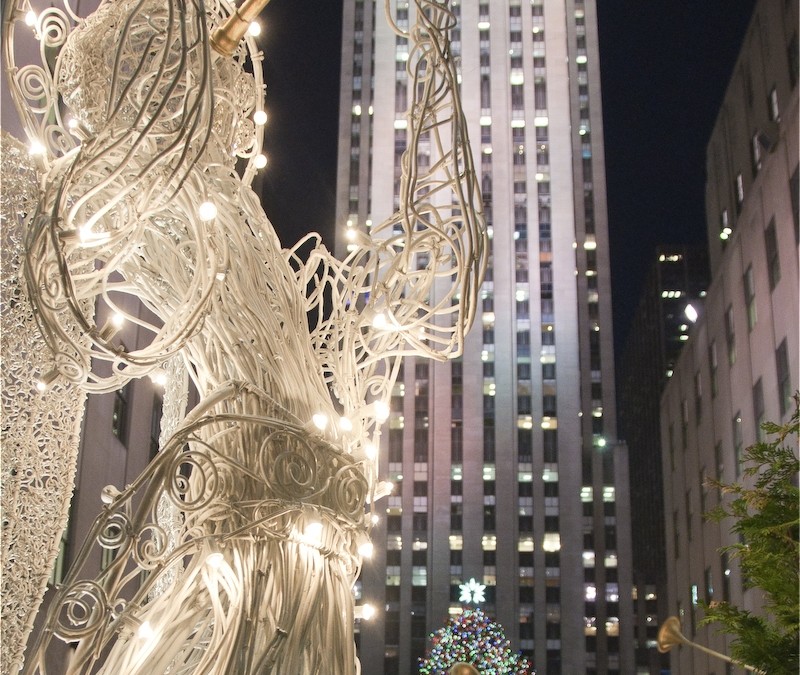
by Editor | Dec 1, 2011 | New York, North America, Simon and Baker Travel Review, United States
Wedged in historic Downtown Manhattan, surrounded by Soho, Chinatown, the Bowery and Little Italy, Nolita was once considered part of the later. While the area became increasingly gentrified over the past decades, it has retained its cosmopolitan feel and genuine lived-in atmosphere. Here, trendy shops and restaurants mix with utilitarian warehouses and old-time bakeries. Ageless apartment buildings line the streets, traditional wrought-iron fire escapes still running down their brick façades. And the decidedly 21 st century design of the recently opened Nolitan Hotel coexists harmoniously with the century-old structures that surrounded it.





